Top 15 Famous Foods of Sikkim You Must Try
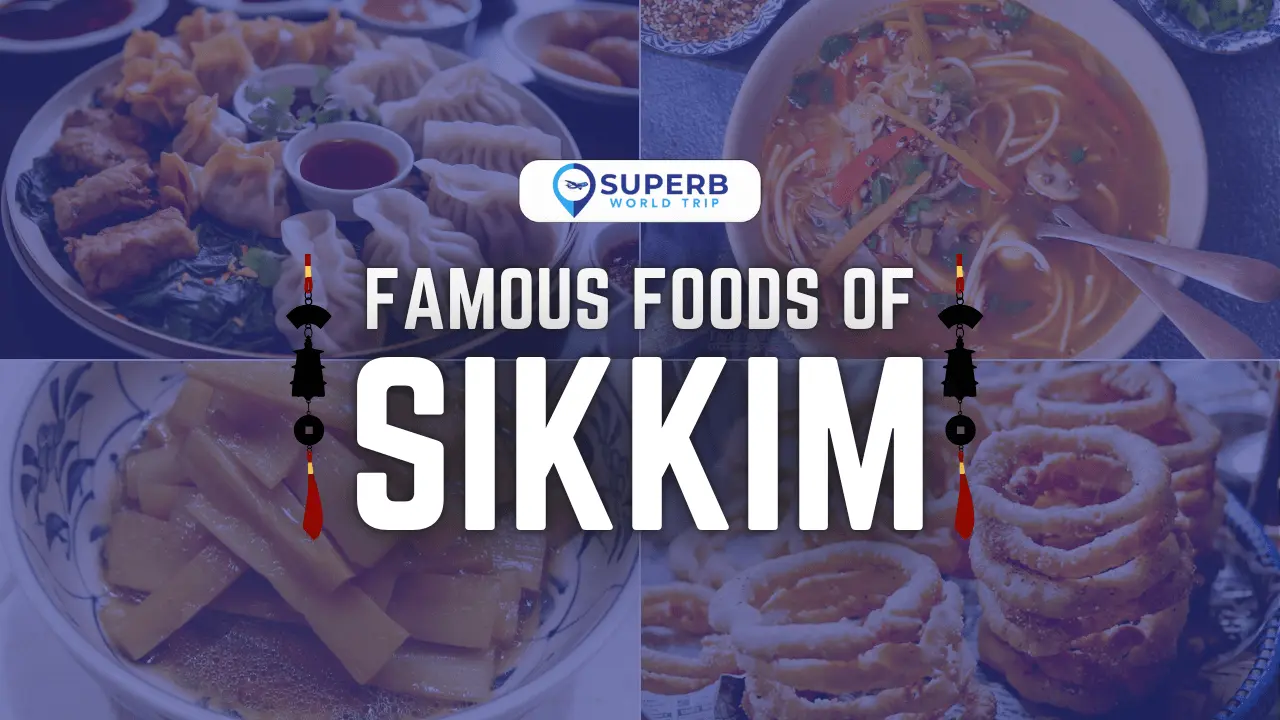
Situated in the heart of the East Himalayas, Sikkim is more than just stunning peaks and colorful monasteries. It’s a culinary paradise filled with distinctive and fulfilling flavors. Sikkim’s food combines Tibetan, Nepali, and local traditions to reflect the state’s varied cultural heritage.
Planning a vacation to Sikkim? Then this article is for you. I have compiled this article to provide you with complete information about Famous Foods of Sikkim.
After reading this, you will have a clear understanding of what it serves and what you should try.
Top 15 Famous Foods of Sikkim That Will Tantalise Your Taste Buds
1. Kinema Curry
Let’s begin our list of famous foods of Sikkim with Kinema Curry, a protein-rich dish. The Nepali ethnic community particularly enjoys this dish. It illustrates the rich history of fermented foods.
To prepare kinema curry, soy beans are boiled until tender and then fermented in a warm environment for a few days. Once the fermentation is complete, the beans are transformed into a delicious curry known as kinema curry.
This Sikkimese dish is often served with pickle and steamed rice in the Himalayan diet.
- Ingredients: Beans, Spices, Soybean, Rice
- Prices: Rs. 200 – 300
- Where to try: Kookay restaurant, Taste of Tibet, Curry Vault restaurant.
2. Thukpa
Next on our list of the best foods in Sikkim is Thukpa, a soup dish. Whenever you visit this State, be sure not to miss this dish. It is a warm, healthy noodle soup that originates from Tibet.
This dish is known for its vibrant, delightful, and spicy flavour and consists of wheat noodles mixed with ginger and garlic tadka in a spicy broth made up of seasonal vegetables, either chicken or beef. For added flavour, fresh coriander and lemon dash are often added along with green chillies and soya sauce.
- Ingredients: Noodles, seasonal vegetables, meat, spices, nimbu, ginger, garlic
- Price: Rs. 200 – 300
- Where to try: Roll House, MG Marg
3. Phagshapa
If you are a non-vegetarian, you must not miss Phaghapa in Sikkim, one of the most popular dishes among the Sikkim people.
This cherished Sikkim pork dish comes from the old Sikkim and Bhutan traditions, and is widely popular in the Himalayan region for its tangy taste.
The pork strips are cooked with red chillies, garlic, and ginger, as well as fermented radish, spinach, and mustard leaves. Pork strips, oil, and fermented vegetables give the dish its unique flavour. In winter, hot Phagshapa tastes even better with steamed rice.
- Ingredients: Pork, spices, seasonal vegetables.
- Price: Rs. 180-220 per serving
- Where to try: Nepali Kitchen, Gangtok, Local eateries in Pelling
4. Gundruk
Gundruk is a traditional fermented leafy dish, deeply rooted in the food culture of Nepal, widely enjoyed in Sikkim. It is made up of naturally fermenting leafy vegetables such as mustard and cauliflower. If you’re tired of the usual dishes and looking for something new, you should try this famous food from Sikkim.
Gundruk ka jol is a curry prepared with vegetables, onions, tomatoes, spices, fermented dish, and sometimes lentils. Due to the sun drying process, it has a little smoky taste, it is flavourful, and it is rich in minerals.
- Ingredient: Mustard, Leafy vegetables, Spices, Onion,
- Price: Rs. 200-250 per kg (dried form)
- Where to try: Local homestays in Ravangla, Nimachen village markets
5. Sha Phaley
Sha Phaley is a delicious Tibetan dish. Crispy bread is stuffed with minced meat, cabbage, and savoury spices, then deep-fried to perfection. The crunchy, juicy filling and beautiful exterior give every bite a burst of flavour. This supreme comfort food is served with spicy chutneys and is filled with warmth, satisfaction, and wholesome goodness.
Hence, if you are visiting Sikkim with family, you must try this famous Sikkim breakfast food.
- Ingredients: Cabbage, Meat, Flour, Bread, Onions, Garlic, Ginger, Sikkimese spices, Oil
- Price: Rs. 60-80 per piece
- Where to try: House of Tibet, Gangtok, Baker’s Cafe, Pelling, Ravangla
6. Sael roti
Sael roti is one of the most beloved sweet dishes of Sikkim. It is a delightful treat that is prepared during festivals, rituals, and special family gatherings.
This treat is made with soaked rice batter that is mixed with milk, sugar, and the ideal amount of water. Sel roti has a crunchy and chewy exterior, while the interior is soft and sweet. This is usually accompanied by a cup of tea. People from all over the world enjoy Sel roti as a cultural delicacy.
- Ingredients: Rice flour, sugar, ghee, cardamom, bananas (optional)
- Price: Rs. 15-20 per piece or Rs. 200 per kg
- Where to try: Local food stalls during festivals, Nepali Food Centre, Namchi
7. Sinki
Sinki is a traditional fermented vegetable dish from the Himalayas. Radish roots are fermented inside bamboo for weeks. Due to healthy bacteria, it tastes earthy and slightly pungent.
Sikkim dishes like this are rich in fibre and probiotics that support digestive health. Therefore, if you have digestive issues, you should try this Sikkim food every day during your trip.
- Ingredients: Radish root, Spices, Seasonal vegetables
- Prices: Rs. 200-350
- Where to try: Kitchen restaurant
8. Chhurpi Soup
Chhurpi Soup is a traditional food of Sikkim made from yak milk or cow milk. The soup in Sikkim is served in two types, soft and hard chhurpi. Soft churpi are cooked with vegetables, ginger, onion, and garlic, while hard churpi are chewed like candy. This dish is rich in calcium and protein and captures the essence of Himalayan flavour.
- Ingredients: Yak milk, Cow milk, Spices, Vegetables.
- Price: Soft chhurpi: Rs. 350-400 per kg; Hard chhurpi: Rs. 500-600 per kg
- Where to try: Lal Bazaar, Gangtok, House of Tibet for cheese-based dishes
9. Momos (Dumplings)
Momos are not only the most popular in Sikkim but are also liked everywhere. There’s no doubt that it’s the best street food in Sikkim that you should try. Since the authentic taste of Mommos can only be achieved at the place where they belong, so don’t miss it when you’re there.
These are steamed dumplings which have vegetable stuffing. The stuffing can be of different varieties like meat, vegetable,s, or cheese. Momos are served with spicy chutney or tomato relish.
- Ingredients: Maida, Seasonal vegetable, Soya Sauce, Oil
- Prices: Rs. 70 -110
- Where to try: Taste of Tibet, MG Marg
10. Dal Bhat
Dal bhat is not only a famous food in Sikkim, but also in Nepal, Bhutan, and other northern parts of the country. To cook this dish, Turmeric and salt are added to the lentils while they are boiling. While the boiling process is in progress, prepare the tempering by adding onion, mustard seed, tomato, and cumin to a separate pan.
When the dal has been boiling for 10 minutes, it needs to be transferred to this pan, and your dal is ready. To enhance its taste, Streamed Rice is served with Dal Mixture and Pickles.
- Ingredients: Dal, Turmeric, Rice, Onion, Mustard seed
- Prices: Rs. 150
- Where to try: Mg Marg
11. Dhindo
Dhindo is created by stirring flour into hot water until it reaches a smooth texture. Ragi, wheat, and millet are typically used in making this dish. Soft dough is made by mixing flour with boiling water and stirring vigorously with a wooden spatula.
This can be consumed with any soup, sauce, or curry, which represents its simplicity and energising quality.
- Ingredients: Ragi, Wheat, Millet
- Where to try: Churpees cafe
12. Chang
Chang is a Sikkim traditional drink made from fermented grain. It is made from millet, rice, and barley. In order to prepare this drink, grains are cooked, and then a fermented starter called yeast is added. It is then left to ferment for days or weeks, creating a slightly sour alcoholic drink that is usually served in the bamboo tumblers.
It has a pleasant, earthy flavour. It is a light, nutritious drink that is a popular choice for social gatherings. So whenever you plan your Sikkim trip with friends, you should try this drink here.
- Ingredients: Finger millet (kodo), Yeast, Water
- Price: Rs. 80-100 per tongba
- Where to try: Local villages in West Sikkim, Yuksom Breweries
13. Kodo Ko Roti
Kodo millet is widely recognised for its fibre, iron content, and antioxidant properties. It is a gluten-free grain.
A dough is usually shaped by hand before cooking on a hot grilled tawa until it reaches a slightly crispy texture. Kodo ki roti has a nutty texture and goes well with gundruk ka jol and dal.
- Ingredients: Kodo millet
- Where to try: House of Tibet
14. Khapse
Khapse is a sweet Sikkim dish made with refined flour, sugar, butter, and milk. It’s deep-fried until it becomes golden brown and crispy. With its buttery taste and touch of sweetness, it makes a wonderful snack to enjoy with a cup of tea. Khapse is one of the most cherished and celebrated aspects of Himalayan culture.
- Ingredients: Flour, sugar, oil, and ghee
- Price: Rs. 100 per kg
- Where to try: House of Tibet
15. Butter Tea (Po Cha)
The Butter tea in Sikkim is a must-try if you visit in winter. During the cold weather, butter tea provides essential calories and warmth. The rich, creamy nature of this drink makes it perfect for the mountain environment, as it is brewed with tea, yak butter, and salt.
In traditional Sikkimese households, tea, butter, and salt are blended in a wooden churn called a dongmo. In cold weather, salt helps replenish electrolytes lost at high altitudes, while butter provides calories for energy.
- Ingredients: Black tea, Yak butter, Salt
- Price: Rs. 40-60 per cup
- Where to try: Buddhist monasteries, Gangtok, Himalayan homestays in North Sikkim
Final Words
These are some of the famous foods of Sikkim, so make sure you try them out when you visit. When I visited Sikkim, my favourite dishes were Gundruk, sinki, which are full of probiotics, which is one of the mysteries of Sikkim’s kitchen.
If you are thinking of going to Sikkim, you should take the Sikkim tour package with SuperbWorldTrip.com. You’ll get great deals on holiday packages, hotels, and flights.
Latest Post

Top 23 Famous & Historical Monuments in India
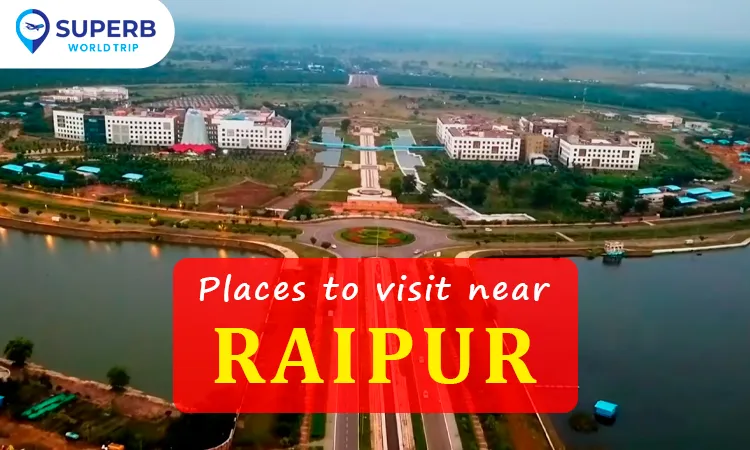
Best Places to Visit Near Raipur: Top Tourist Destinations for a Perfect Getaway

Top Places to Visit in Gwalior: A Complete Travel Guide (2025)
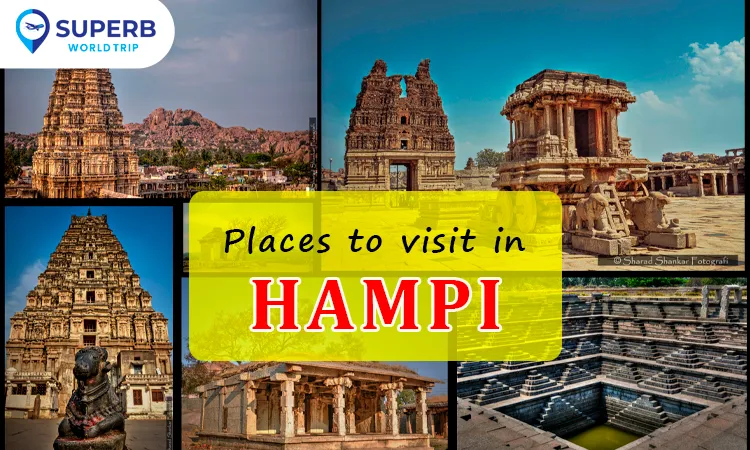
Top Places to Visit in Hampi: A Complete Travel Guide (2025)

Top Places to Visit in Surat: A Complete Travel Guide for 2025

Best Places to Visit in January in India – Winter Travel Guide 2025
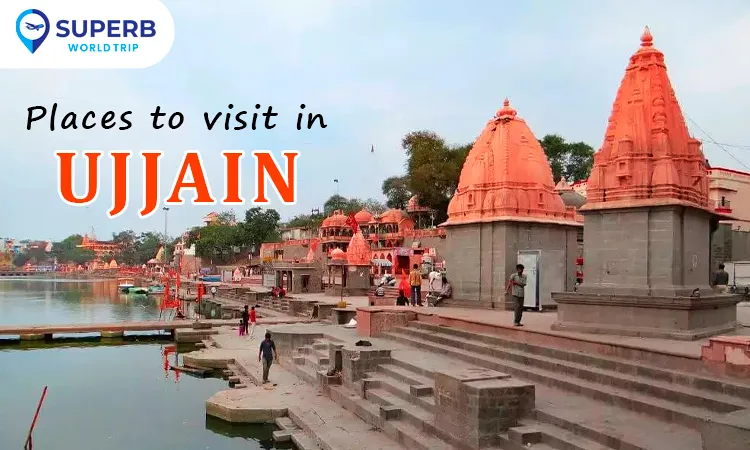
Places to Visit in Ujjain: A Complete Travel Guide for 2025
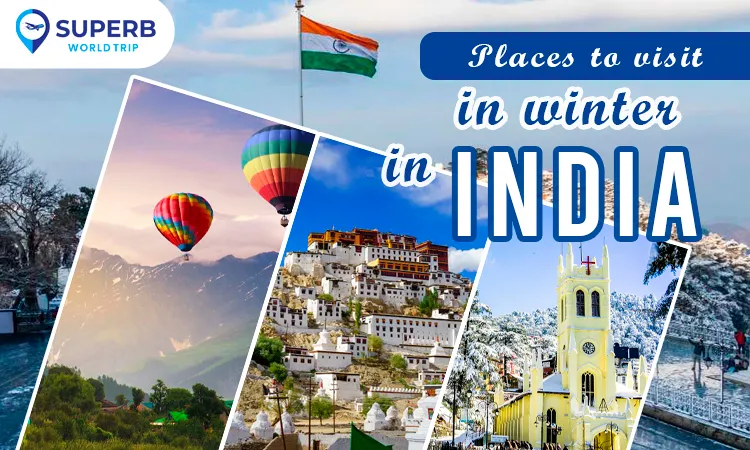
Best Places to Visit in Winter in India: A Complete Travel Guide for 2025
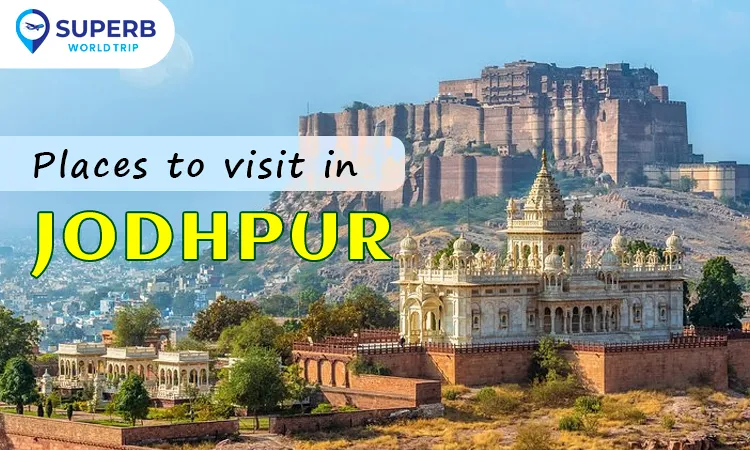
Top Places to Visit in Jodhpur – Ultimate Travel Guide 2025

Best Things To Do In Araku Valley – A Complete Travel Guide (2025)

Best Places to Go in Chikmagalur The Complete Guide to Travel Guide

Best 15 things you can do while in Phuket, Thailand—Your Ultimate Travel Guide

Top 20 Things to do in Coimbatore The Complete Travel Guide

What to See and Do In Gokarna A Comprehensive Travel Handbook for the First-Time Visitor

Things to do in Ooty: The top attractions, activities and the Travel Guide

Gulmarg: India’s Most-Searched Winter Destination – A Comprehensive Travel Guide by SuperbWorldTrip

Phuket, Thailand’s Largest Island, is an Idyllic Tropical Destination

Places to Visit in Bhutan: Journey into the Land of Happiness

Jhansi: the Historical Heart of Bundelkhand
